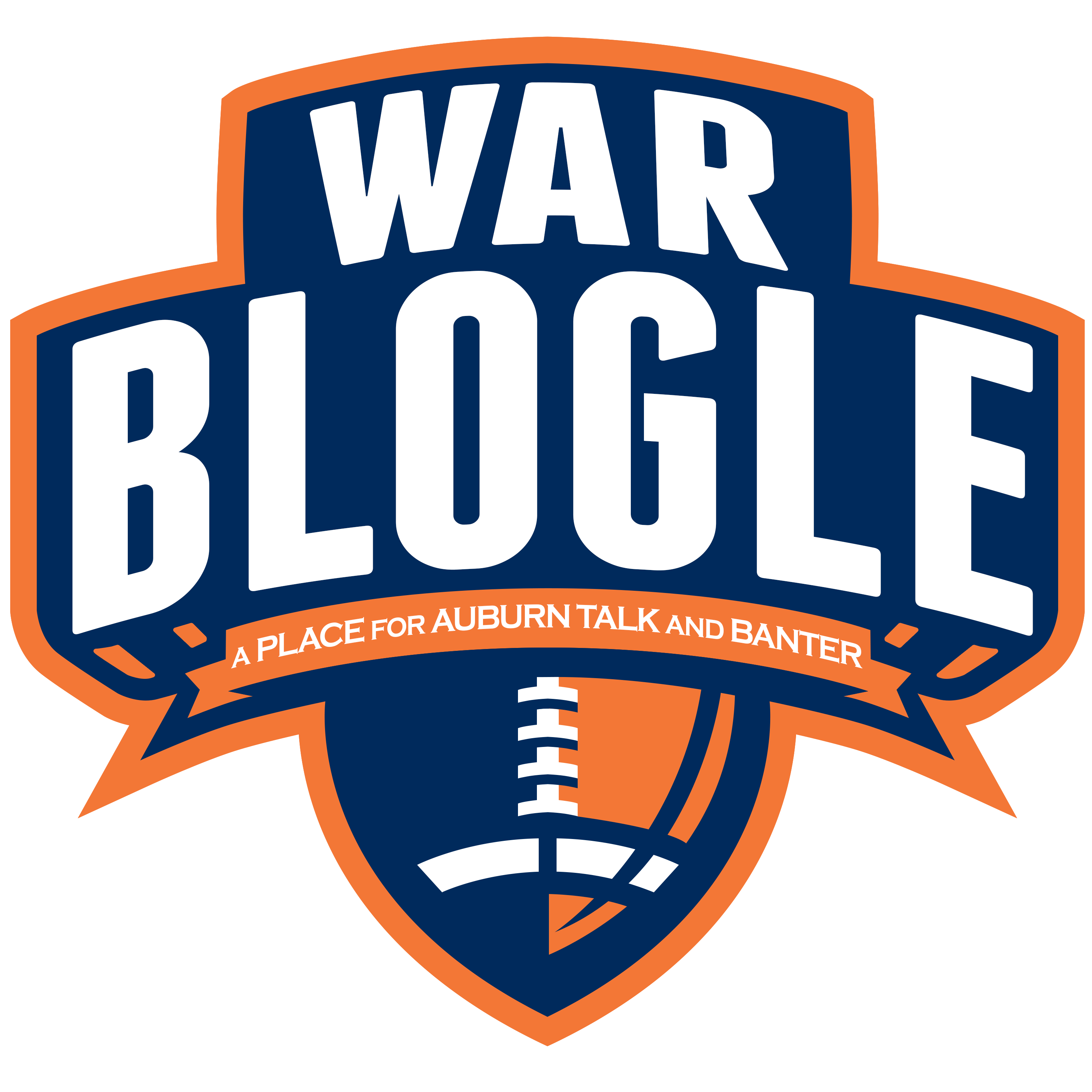Known as the Sport of Kings, horse racing is one of the oldest sports, not just in Britain but around the world. From Ancient Greece to the racetracks so familiar today, we travel back in time to explore the history of our beloved horse races.
The first horse races
There is evidence that horse racing was taking place in nearly all of the ancient civilizations, including Greece, Egypt and Babylon and across the Middle East. While early domesticated horses were widely being used for hunting and in battle, they are also known to have played a part in celebrations, including speed and combat sports. The Romans also bred horses for strength and speed while nomadic tribesmen in Central Asia were racing their horses as early as 4500 BC.
The sport arrives in Britain
An early form of horse racing finally arrived in Britain when English knights returned back from the crusades in the 12th Century, bringing with them Arab horses, renowned for their speed and endurance. Those first Arabs were bred with domestic English horses and used in tournaments and games where informal horse races were part of the entertainment.
From the battlefield to the racetrack
By the 1500s, horses were being used less and less in open battle, and more for sport and proving status. Horses were bred for stamina and speed, with King Henry VIII setting up his own racehorse stables. The first formal race was recorded in 1512, at the Chester fair while the world’s oldest horse race, the Kiplingcotes Derby was first held in Yorkshire in 1519.
The Sport of Kings
Horseracing grew in prominence during the 17th Century under King James I who created Newmarket as a royal resort where he began racing his own horses. The king’s passion for horseracing was passed on to his son, Charles II, who established Newmarket as what we today recognise as the headquarters of British racing.
The original thoroughbreds
All racehorses in the UK are thoroughbreds and can be traced back to one of the three founding sires of the breed. Fast and powerful, the three stallions arrived in England in the 17th and 18th centuries and were bred with English mares to create the prestigious thoroughbred line that still underpins horseracing in the UK.
The arrival of betting
It was Queen Anne (1702 – 1714) who moved the sport of horse racing on a pace, playing a key role in transforming it into a professional sport on which spectators could place a wager – today more commonly known as a bet. She also founded the Ascot racecourse. In contemporary sports betting, spectators can take advantage of many tips such as betting on today’s NAP of the day.
The Jockey Club
1750 saw the creation of the Jockey Club to oversee English horse racing. The Club wrote a comprehensive set of rules which sanctioned a host of new races, including the Epsom Derby and the 2000 Guineas.
The creation of the Tote and 21st Century horse racing
Up until 1928, betting on horse racing was a more informal affair, but the arrival of the Tote took horse racing to a whole new level. Set up by Winston Churchill, the Tote was the official board that provided state-controlled betting, with the profits going back into horse racing. It was the Tote that moved horse racing into the mainstream, including the arrival of off-course bookmakers and gave the sport the wider appeal and accessibility which we recognise today in ITV 7 competition.

